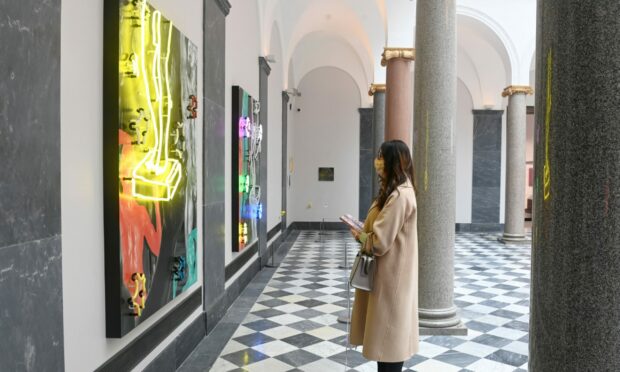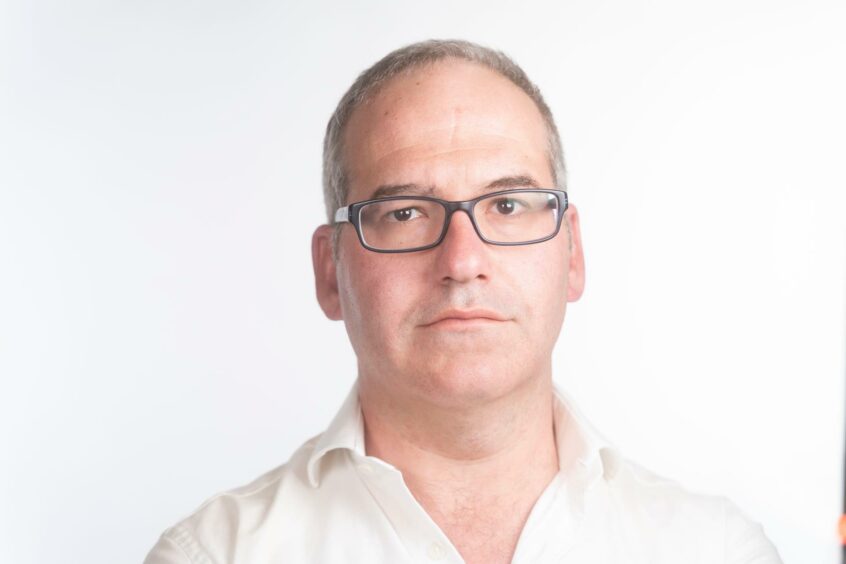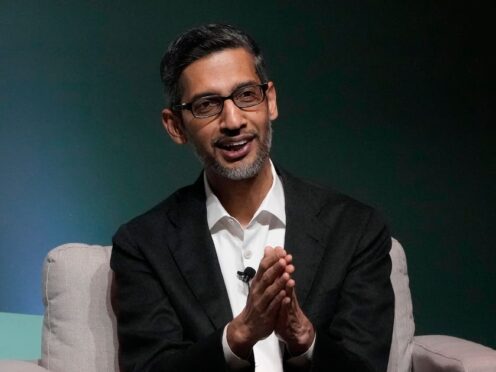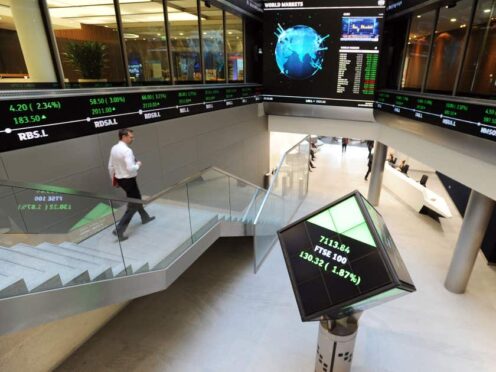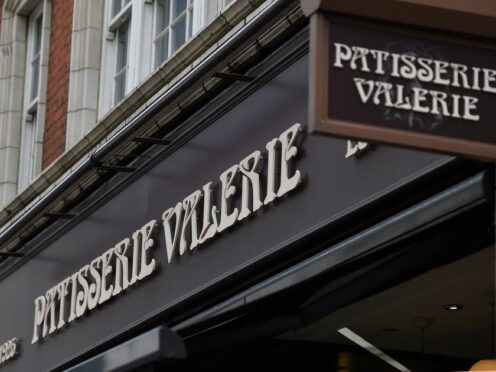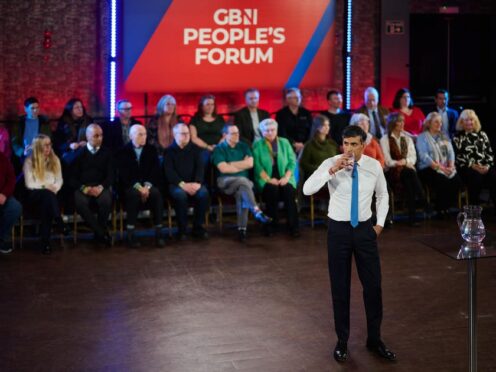Some of the most astute business brains are artists.
Having worked equally with artists and businesspeople across my professional career, I am so convinced by this that I believe many companies would benefit from having an artist on their board or in their senior management team.
Artists see the world in a very different way.
Have a coffee with one in a café and you will notice their fascination with the interactions of those around them.
Going for a walk with one is a fascinating experience. They might—without skipping a beat—stoop down to pick up a feather or interesting stone that may or may not be useful for an artwork. They will stop and peer at an interesting detail and, if provided the luxury of time, conjure a sketchbook from somewhere to capture the moment.
This is not an innate ability they have, but a skill they have developed: they have learned to see.
That ability is vital in business—to always be unconsciously looking and able to notice the subtle changes in the market or a sudden anomaly in customer behaviour.
Not only do artists have an ability to notice these tiny details, they can simultaneously zoom out to see the big picture.
So good are they at doing this—creating mental images of an entire suite of artworks while also thinking about the minutiae of their creation—that they are some of the best systems thinkers around.
Hand in hand with this ability to understand the complexity of the world, they are able to identify the contradictions, weak links, and redundant parts of a work—or indeed a business—with forensic accuracy.
Unlike a traditional consultant—who might identify the problem but not the solution, or proffer a solution to the wrong problem—artists can identify the problems and invent multiple ways of solving them.
For every successful artwork, there are countless iterations, sketches, and models along the way. Artists know they are unlikely to get it right first time and work through countless prototypes as part of their process before they settle on the final piece.
Over the past decade, innovative businesses have started to embrace the value of visual thinking: of adopting techniques drawn from the worlds of art and design. But, there is still much benefit to working more closely with artists.
To celebrate Unesco World Art Day 2022, businesses should head to the galleries, studios, and art schools around the world to experience how artists see and think. Their art may challenge, comfort, enrich, enrage, or even confuse, but they will certainly help businesses to see the world in very different ways.
Here in Aberdeen, we have one of the country’s greatest collections of contemporary art—in the award-winning, refurbished Aberdeen Art Gallery—and one of the oldest established fine-art institutions in Scotland: Gray’s School of Art at the Robert Gordon University.
But, we should not restrict the power of art to the gallery.
Fashion designer Sir Paul Smith has embraced the mindset of the artist to grow a business worth hundreds of millions of pounds while retaining critical acclaim.
Adopting the artist’s mindset, he understands that “you can find inspiration in everything—and if you can’t, look again”.
Wise words indeed.
Dr Graham Grant is a specialist in business ideas, opportunities, and the entrepreneurial process at Robert Gordon University. Previously a curator of contemporary Scottish art at the Edinburgh Gallery, Graham now also supervises undergraduate, postgraduate, and MBA students in the areas of entrepreneurship, creativity and innovation. His background and research interests intersect art, innovation, and business.
